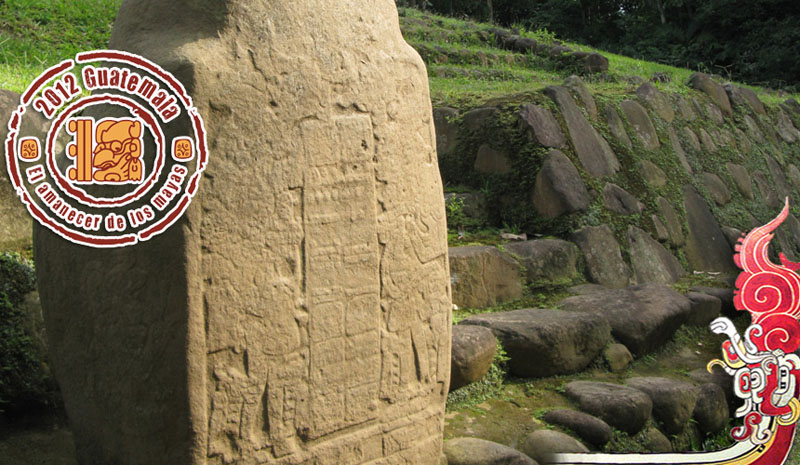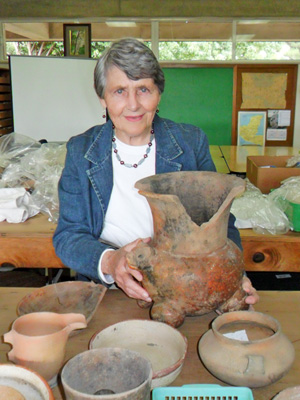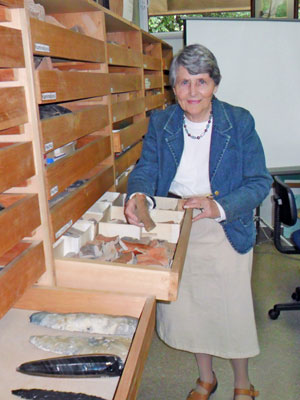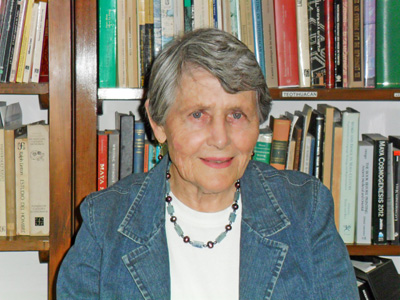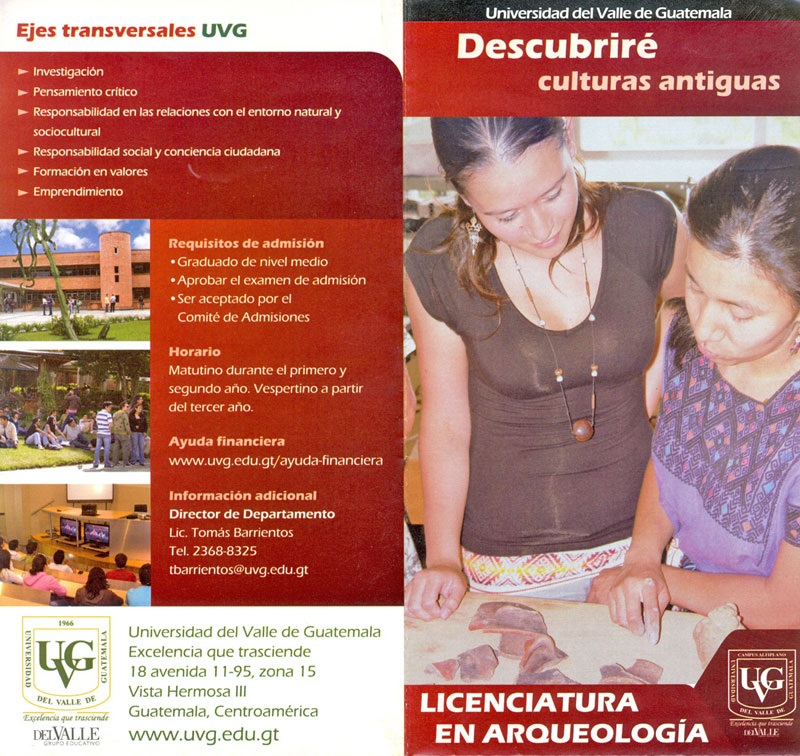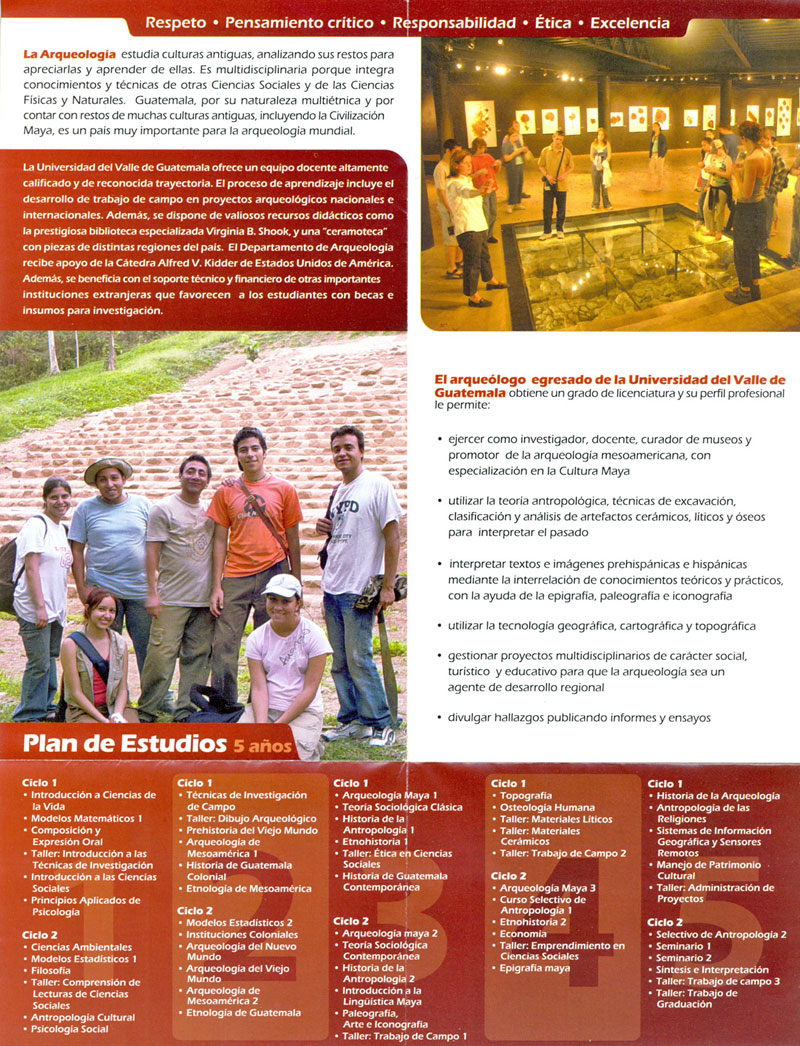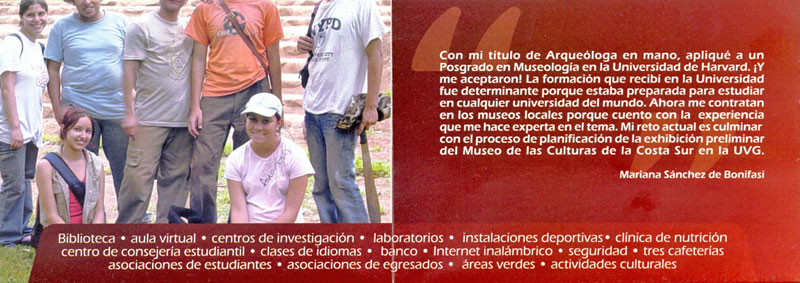|
There are two main ways to get to Tak'alik Ab'aj
from the highlands.
The South Coast route:
From Antigua, go down to Escuintla on RN 14), briefly
join the autopista to the port and then follow the coastal highway (CA-2)
which is signposted toward "Frontera Mexico". It goes to Mazatenango
and San Antonio Suchitepequez (the highway bypasses both). One reaches the
Samala River, with large amounts of stone in it. At Samala bridge you pass
the cut-off that goes up to Quetzaltenango. Stay on the coast road,
bypassing the roads that go to
Retalhuleu, and head for El Asintal. At the sign that
indicates El Asintal, turn right, go through El Asintal another couple of
kilometers to reach the entrance to the site.
From Antigua to Tak'alik Ab'aj it is 190 kilometers, about 120 miles and
between 2-3 hours, depending on traffic.
The second route goes through the highlands,
a longer route but prettier and more interesting if there is time for stops
to visit villages.
Go through Chimaltenango, on CA-1, head for
Quetzaltenango. From Antigua, this route is 165 km to "Xela", as they
call Quezaltenango. Join CITO 180 toward Zunil (see the impressive church in
the main square), drive down to the Pacific coast road. You come out near
the Samala bridge and join CA-2 toward Mexico. Head for El Asintal as
described above. From Xela, it is another 65 km, so this route is a
total of some 230 km and will take 4-5 hours, plus stops in interesting
villages. Go ^ to the Top
|
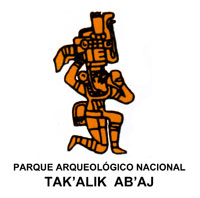
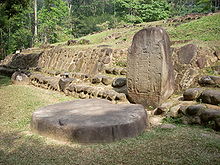
Stela 5 and altar |
Universidad del
Valle, Guatemala City. The university, where Doctora Popenoe is a
professor, is a private, not-for-profit, secular
university, founded in
1966. Dra. Popenoe has set up and
guided the archaeology department since 1982, which is now directed by
Tomas Barrientos, one of the graduates of the program.
Doctora Popenoe says that funding is urgently needed to enable
students from families with limited resources to study in the archaeology
department. Currently such students cannot afford to start the program
because of the
5 year commitment to obtain the degree of "Licenciatura en
Arqueología".
The program currently has 18 students and is the
only one in Guatemala that provides multi-lingual scientific training in
archaeology, which is essential, because the majority of bibliographic
references are published in English. The UVG archaeology course
promotes critical thinking and a broad based coursework preparation.
The course prepares its graduates for work as investigator,
museum curator and expert in Mesoamerican archeology. It teaches the
theory of archaeology, the techniques of exploration and excavation of
sites, classification and analysis of ceramics and burial grounds discovered
and how to use the evidence to explain the past. In general, graduates
of the UVG course are currently directing active archaeological projects and
work in museums, carrying out research and publishing to advance the
archaeological knowledge in Guatemala.
Please click here to go to a detailed description of
the course, which is on this page, below, in Spanish.
More details are coming here ... visit us soon again,
please, por fa ... to read the REVUE December article, click here.
...
Any questions about the program and donations and how they will be used,
please contact Matilde Ivic de Monterroso, the department's assistant to the
director, Tomas Barrientos. She is at
ivic@uvg.edu.gt or +502 2364-0336, ext 476.
Go ^ to the Top
|
To make donations in
Guatemala, please contact us at:
Fundación de la Universidad del Valle de Guatemala
17 avenida 10-97 zona 15, Vista Hermosa III
Ciudad de Guatemala, Guatemala 01015
Telefax: (502) 2369-0528
secfuvg@uvg.edu.gt
|
To make donations in the
United States, please contact us at:
U.S. Foundation of the
University of the Valley of Guatemala
Ted Grover, FUVG Controller
ESG,Inc.
PO Box 30
Princenton, New Jersey 08542
telephone:
(609)452-2209
tgrover_esg@murhoff.com
|
In a March 2013 issue, the REVUE will publish a
profile of Doctora Popenoe, focusing on her work at the
Archaeology Department at the Universidad del Valle in Guatemala City.
For details of a trip to Tak'alik Ab'aj click
here. |
